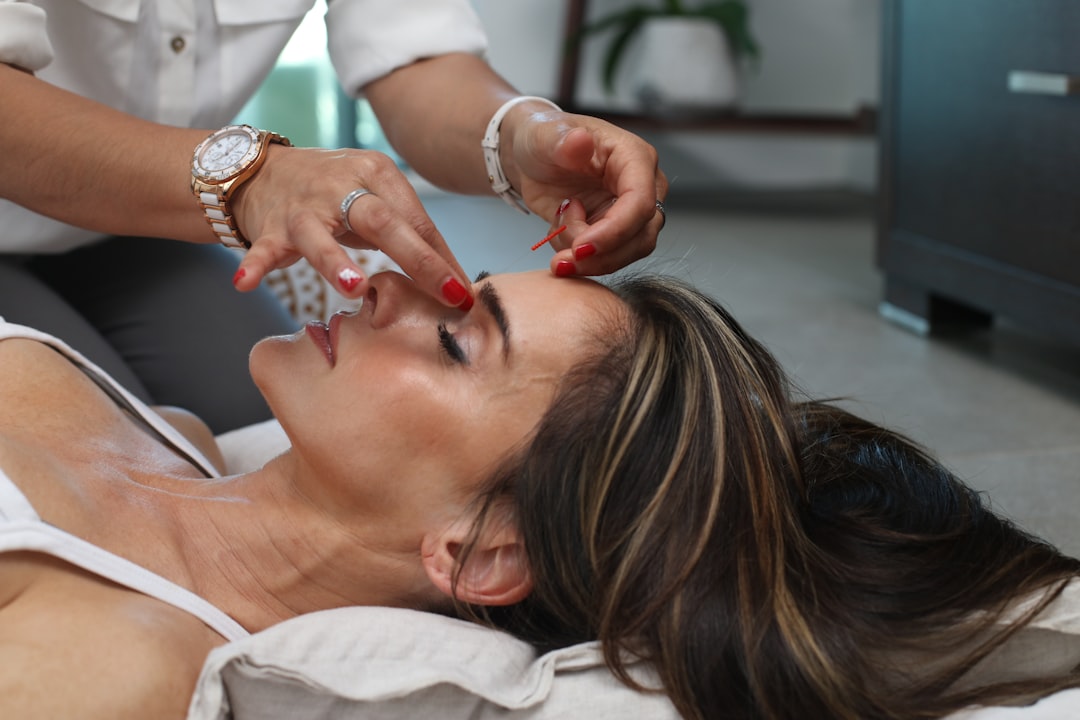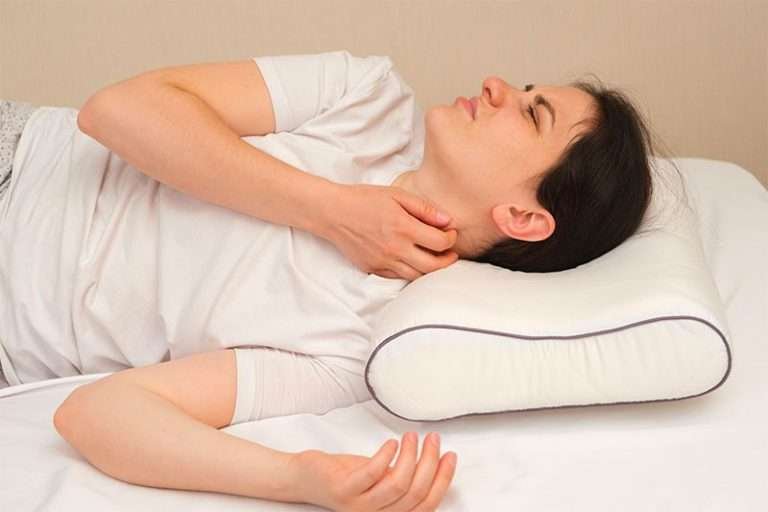
Millions of people suffer from headaches every day. While over-the-counter medications can help, they can also have negative side effects. Using pressure points for headaches is a natural way to relieve headaches without the use of medication
What are the pressure points for headaches?
Many different pressure points can be used to treat headaches. The most common pressure points are on the temples, behind the eyes, and on top of the head. Other effective pressure points include the back of the neck, between the eyebrows, skull base, and hand.
What’s the pressure point for a headache?
No one pressure point works for every headache, as the pain can vary greatly depending on the individual’s anatomy. However, some of the most commonly used pressure points for treating headaches include the temples, behind the ears, and the middle of the forehead.
Where is the pressure point in your foot for headaches?
There are many different areas on the foot that can treat headaches. The best place to start is by finding the most painful point. Once you have found that tender area, apply a little force with your fingers or roll your foot with a tennis ball.
What is the pressure point for a headache?
Many different trigger points can be used to alleviate these. The most common pressure points are the temples, the forehead, and the back of the head.
What pressure points for headaches?
Many points can be used to treat headaches. The best places for treating depend on individual needs. Some common points that are effective include the temples, neck, and scalp.
Where are the pressure points for a headache?
Many different pressure points can be used to treat a banging head. The most common areas are on the temples, behind the ears, and on the top of the head. Other effective locations include the middle of the forehead, behind the eyes, and the back of the neck.
Where are the pressure points for headaches?
There are many areas can be used to treat and relieve headaches. The most common locations are in the temples, around the eyes, and behind the ears. However, any point on the head can relieve pain from a headache.
Where are your pressure points for headaches?
There are many different areas on the head where pressure can relieve pain. These areas can vary depending on the person’s anatomy but generally include points around the temples, behind the ears, and on top of the head. Some people find relief by pressing directly on these points, while others find relief by using a neck massager or heat tool in these areas.
Where is the pressure point for a sinus headache?
A pressure build-up typically causes a sinus headache in sinuses. This can come from a cold, the flu, allergies, or a head injury. The pain is usually located near the front of the head and may worsen with movement. Treatment typically includes over-the-counter painkillers and rest. Some people may also need to take an over-the-counter decongestant, see a doctor, or take an antibiotic.
Where is the pressure point on your foot for headaches?
There is no definitive answer to this question as different people have different headaches, and these areas can vary depending on the individual’s anatomy. However, some general areas that may effectively treat headaches include the temples, behind the eyes, and along the neck. Additionally, various massage techniques, including head-to-toe strokes, can also alleviate headaches.
Where is your pressure point for a headache?
There is no definitive answer to this question since everyone’s head is different, and each person’s pain threshold is different. However, some general areas commonly associated with headaches are the temples, the front of the head, and the back of the head.
Where’s the pressure point for headaches?
Many different points can be used to treat headaches. Some of the more common places include the temples, the back of the head, and the neck. It is important to find the area that works best for you, as each person experiences headaches differently. Some people find relief from pressure applied to their temples, while others find relief when applied to their necks. It is important to experiment with different trigger points to see which ones work best for you.
The best pressure point for headache?
Many trigger points can be used to treat headaches, but some of the most common and effective points are the temples, the forehead, the nape of the neck, and the back of the head. Pressure applied to these points can help to reduce pain and inflammation in the head and neck area and can also help to improve blood flow to the brain.
How to find pressure points for headaches?
Many different points can help to treat headaches. Some of the most common points used to treat headaches include the temples, the forehead, the neck, and the back of the head. It is important to find the pressure point that is most effective for you. Some people prefer to use trigger points on the temples, while others prefer to use trigger points on the forehead. It is also important to experiment with which pressure point works best for you.
Is there a pressure point on the hand for headaches
There is no one point that is universally effective for treating headaches, but several points on the hand may work well. The forehead, around the eyes, and behind the ears are all common locations for headaches, so it is important to find a point that relieves pain in all of these areas. Some people find relief by pressing on the temples, while others find relief by pressing on the back of the head. Experiment to see which location works best for you.
How to treat a headache at work?
If you are experiencing a headache at work, you can do a few things to try and relieve it. One option is to take ibuprofen or acetaminophen, which will provide some temporary relief. If the headache is severe, you may need to see a doctor. Some points that are effective in treating headaches include the temples, behind the eyes, and the ears.



